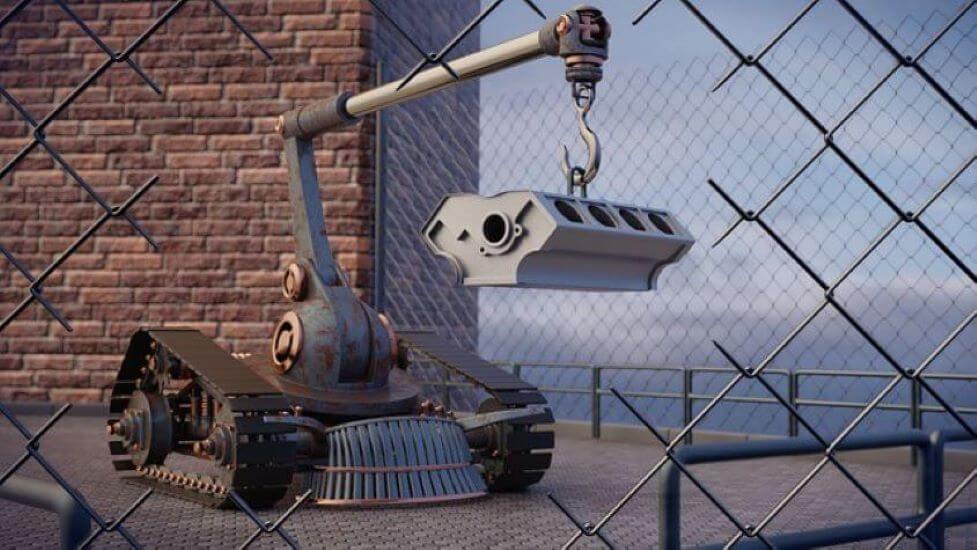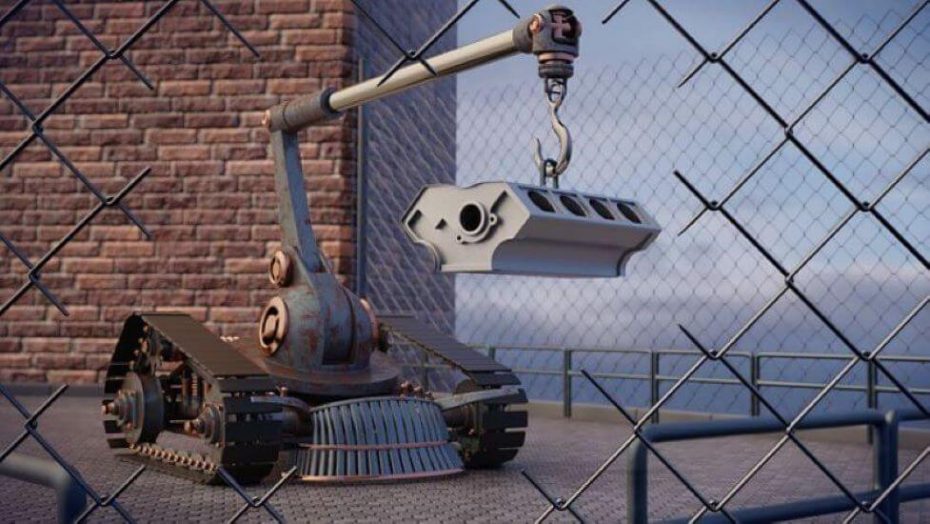
No one wants to be made redundant. Still, that’s exactly what labor and automation is about. It’s about taking tasks that are tiresome, tedious, slow, or even dangerous, and making it unnecessary for humans to continue to do them so they can focus on high-value tasks instead. Historically, we know this is true. We saw it in the first industrial revolution, and we’ve seen it numerous times over in the past decade as AI invaded not just the technology space, but finance, human resources, and other previously untouchably human roles to boot. If we’ve experienced this much change already this early in digital transformation, what does labor and automation look like in the future? Will humans even have a place at all?
The answer is yes—although our place will be once removed from where we stand today. I recently read something like, “100 percent of jobs will not disappear, but 100 percent of jobs will change.” Never have truer words been spoken. All of us will see our jobs change when looking at labor and automation in the coming decades. This isn’t just true of factory workers who lost their jobs to machines. It’s true of teachers who have had to expand their skillsets to incorporate technology into their curricula. It’s true of marketing teams who have had to focus on data and social, rather than billboards and newspaper ads. It’s true of taxi drivers who have had to figure out what to do now that Uber has taken over. Our task is to AI-proof our skillsets to ensure we land on the positive side of the redundancy equation.
Historically, technology has always created more opportunity than it has taken, and that will continue to be the case. A Capgemini report found 63 percent of organizations that implemented AI at scale say AI didn’t destroy any jobs in their companies. Further, 80 percent said AI created new roles in their organizations. Keep in mind: new technology for labor and automation won’t just focus on efficiency. It will focus on things like skill training and augmented reality—things that will enhance our ability to do our jobs creatively and well.
The following are a few ways to drive productivity with automation and AI, rather than fight it. (Because believe me, it isn’t going anywhere.)
- Reskill / Upskill. What could be better for digital transformation than learning at the speed of digital transformation? In the future, we’ll see companies using AI to train employees in real time using augmented reality and virtual reality. In fact, many already are. Walmart uses virtual reality to prepare employees for its infamous Black Friday rush. One repair company uses AR headsets to train their service engineers. While out in the field, they can overlay schematics and tutorials to help them do the job faster. In fact, their CEO reported service times improved 400 percent in trial use cases. Better yet, this allows companies to reskill and upskill employees in real time as they’re performing a function. I wouldn’t be surprised if college and university courses were done completely through AR and VR in the future.
- Cross-pollinate. Especially due to the reliance on shared data, we’re going to see silos broken down even further—even down to the job level. Employees will be wearing multiple hats to ensure that the company moves at the pace of change. There will be a greater focus on the kind of employee you hire, rather than the types of skills they initially have. After all, with augmented reality, you can teach them almost anything in real time. The smartest companies will be cross-pollinating employees to keep them agile and ready for change.
- Focus on developing uniquely human skills. If we don’t want to be redundant, we need to build the parts of ourselves that are simply impossible to clone—our creativity, our empathy (although some AI is coming close), our “common sense.” Companies that hop onboard labor and automation without continuing to develop and recruit for these skills in their employees will be left behind in digital transformation. New technology in labor and automation is here to free up head space. It’s here to help us as humans discover the next great disruption. We alone are the ones who can do it. (For help on getting started, download “The Quick and Practical Guide to Digital Business Automation.”)
“Labor and automation” is not going away. The more work we can hand off to robots, the more work we will continue to hand off. This is a fact of modern life, and we need to accept it. Who among us even bothers to use our hands to text anymore, or find a song on the radio? We’re used to automating our personal tasks, and the entire business world is going in a similar direction. Sure, it can be a worrisome time for employees whose jobs are likely to be automated—ticket takers, clerks, cashiers, financial analysts. However, technology will create so many more jobs—exciting jobs—jobs you will be able to learn to perform more easily—in the process.
The original version of this article was first published on Future of Work.
This post was brought to you by IBM Global Technology Services. For more content like this, visit IT Biz Advisor.
Daniel Newman is the Principal Analyst of Futurum Research and the CEO of Broadsuite Media Group. Living his life at the intersection of people and technology, Daniel works with the world’s largest technology brands exploring Digital Transformation and how it is influencing the enterprise. From Big Data to IoT to Cloud Computing, Newman makes the connections between business, people and tech that are required for companies to benefit most from their technology projects, which leads to his ideas regularly being cited in CIO.Com, CIO Review and hundreds of other sites across the world. A 5x Best Selling Author including his most recent “Building Dragons: Digital Transformation in the Experience Economy,” Daniel is also a Forbes, Entrepreneur and Huffington Post Contributor. MBA and Graduate Adjunct Professor, Daniel Newman is a Chicago Native and his speaking takes him around the world each year as he shares his vision of the role technology will play in our future.

